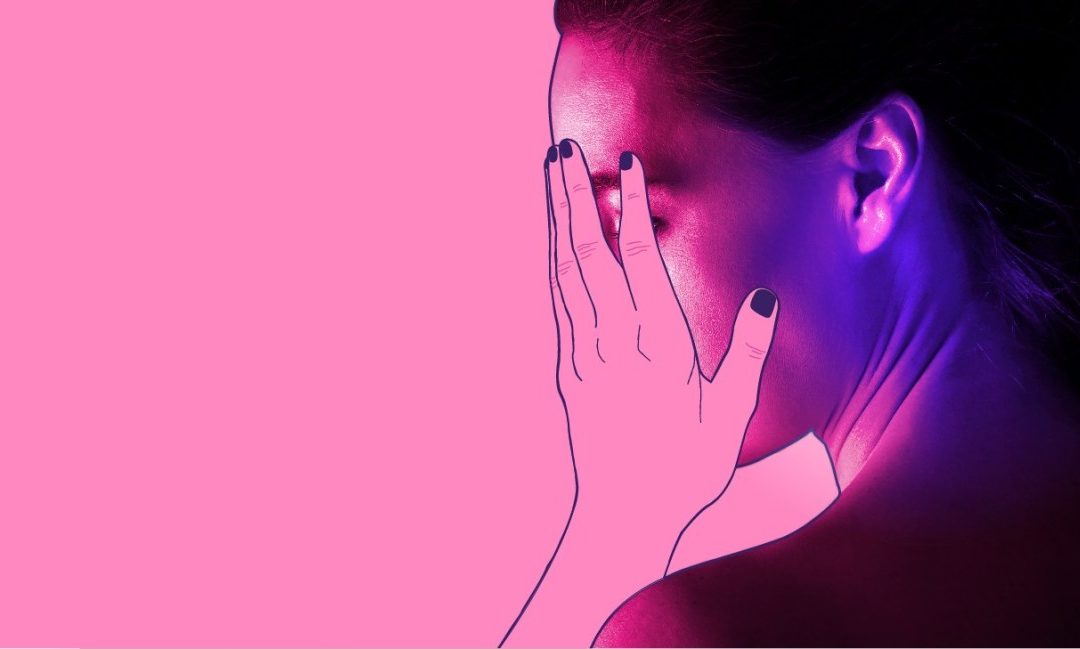For all the huge research we have on sadness, with millions spent on genotyping, cerebrum sweeps, and mediation thinks about, I have found a monstrous and most humiliating opening in our insight.
Normally when we need to comprehend a difficult issue, say, an aircraft mishap, we start toward the start. An agent will need to examine support records and dissect information from the flight recorder. The person will build up a nitty gritty course of events. A basic mark on this timetable is the primary indication of something irregular.
Frequently the inevitable result – the plane pummeling into a mountainside- – comes toward the finish of a chain of awful occasions (i.e., the climate is awful, the pilots are new to new traffic control administers, the pinnacle miscommunicates at a crucial point in time in the flight). To comprehend what occurred, one needs to go to the start of the chain.
It appears to be sensible to apply the strategies for mishap examination to melancholy. A specific term from medication to indicate the possibility of first side effects is a prodrome.
Notably, we know nothing about the burdensome prodrome. The measure of research is irrelevant, and almost every last bit of it is review, which means individuals who have just become discouraged are approached to think about what they can recall about what was turning out badly before they got discouraged.
This is a poor technique for the job that needs to be done in light of the fact that human memory comes up short on the devotion of a flight information recorder. Memory is an unsteady record, best case scenario and gloom just makes it all the more so!
To comprehend the prodrome we need planned examinations that gather extensive information on indications BEFORE the rise of a full-scale sadness. My ongoing inquiry found an excellent aggregate of one such examination, distributed in the year 2010.
This examination, by Iacoviello and associates, first gathered information on 29 various types of side effects that could fill in as burdensome notice signs and afterwards pursued individuals after some time to see who become completely discouraged.
The basic examination was between 60 individuals who might proceed to have full sorrow and 60 individuals who might not get discouraged. There were 7 notice signs that recognized the gatherings and were generally indicative of looming wretchedness: discouraged mindset, diminished enthusiasm for or delight from exercises, diminished fixation, sadness, stressing/agonizing, diminished confidence, and touchiness.
What is generally fascinating about this examination is that none of the substantial or physical side effects, things like rest issues, weight reduction, or weariness, proclaimed the happening to a full gloom. It was the state of mind manifestations – issues in what the individual is feeling – that was best!.
This examination offers promising leads for future work. We face a pestilence of melancholy and we have to get to its base quick. My hunch is that the explanation we have so a lot of profound misery is that we have more poor quality melancholy than any other time in recent memory, with a huge number of individuals making the change from prodrome to disorder. We need a decent guide of how the prodrome turns into the disorder.
Generally, medicines for misery have concentrated on the disorder – what ought to be done once the pony is out of the animal dwelling place. Also, presently there’s a large group of treatments to help individuals once they become intensely discouraged.
As of late, there has been more prominent accentuation on attempting to keep the steed in the horse shelter, in a perfect world, to stop a rising scene before it gets ready for action.
In any case, we can’t avert sorrow cleverly except if we comprehend the idea of the prodrome – the admonition signs that the pony is going to scramble toward it. Also, we can’t comprehend the idea of the prodrome except if we have genuine research.




Recent Comments